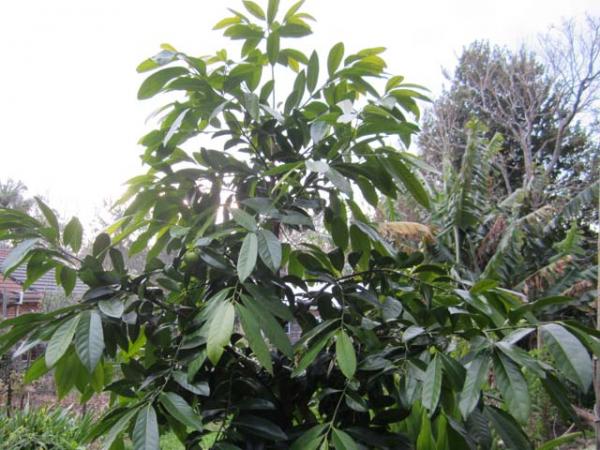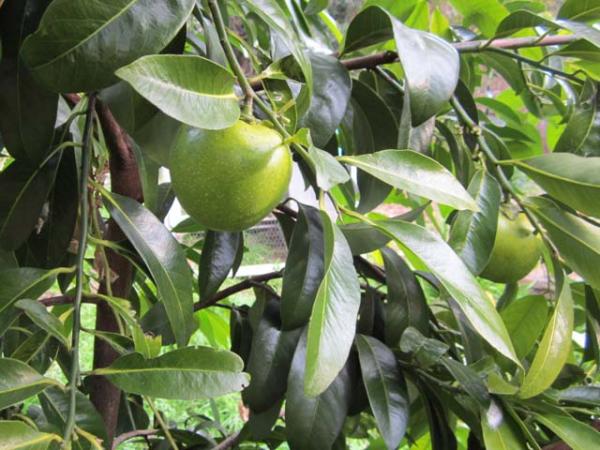Array
(
[0] => Array
(
[id] => 425
[is_published] => 1
[websiteID] => 5
[url] => /landscaping/diy-retaining-walls.php
[page_status] => Published
[number_of_ads] => 5
[can_use_editor] => 1
[last_modified_date] => 2013-09-10 00:00:00
[last_modified_by] => Alan
[checked_for_duplicate_content] =>
[title] => DIY Retaining Walls
[heading] => DIY Retaining Walls
[meta_description] => Learn about building a retaining wall for your garden. This article explains your options.
[article_category_1] => Landscaping
[article_category_2] =>
[article_category_3] =>
[article_category_4] =>
[article_category_5] =>
[business_category_1] => Landscaper
[business_category_2] => Garden Maintenance
[business_category_3] => Garden Supplies
[business_category_4] => Garden Designer
[business_category_5] => Garden Tools
[number_of_google_mrecs] =>
[show_google_ad_bottom_of_page] => 1
[show_get_quotes_top_of_page] => 1
[show_get_quotes_rhs_of_page] => 0
[show_directory_search_widget] => 1
[show_trending_content_widget] => 0
[show_facebook_widget] => 1
[show_further_reading_section] => 1
[show_sponsors_section] => 0
[show_top_article_ad] => 1
)
[1] => Array
(
[id] => 489
[is_published] => 1
[websiteID] => 5
[url] => /articles/bio-swimming-pools.php
[page_status] => Published
[number_of_ads] => 3
[can_use_editor] => 1
[last_modified_date] => 2013-09-10 00:00:00
[last_modified_by] => Alan
[checked_for_duplicate_content] =>
[title] => Bio Pools or Natural Swimming Pools
[heading] => Bio Pools
[meta_description] => Bio pools or Natural Swimmming Pools are an attractive & environmentally-friendly alternative to traditional swimming pools.
[article_category_1] => Landscaping
[article_category_2] =>
[article_category_3] =>
[article_category_4] =>
[article_category_5] =>
[business_category_1] => Landscaper
[business_category_2] => Nursery
[business_category_3] => Garden Designer
[business_category_4] => Landscape Architect
[business_category_5] => Builder
[number_of_google_mrecs] =>
[show_google_ad_bottom_of_page] =>
[show_get_quotes_top_of_page] =>
[show_get_quotes_rhs_of_page] =>
[show_directory_search_widget] =>
[show_trending_content_widget] => 0
[show_facebook_widget] =>
[show_further_reading_section] => 1
[show_sponsors_section] => 0
[show_top_article_ad] => 1
)
[2] => Array
(
[id] => 150
[is_published] => 1
[websiteID] => 5
[url] => /landscaping/composting.php
[page_status] => Published
[number_of_ads] => 4
[can_use_editor] => 1
[last_modified_date] => 2013-09-10 00:00:00
[last_modified_by] => Alan
[checked_for_duplicate_content] =>
[title] => Composting
[heading] => Composting written by Glorious Gardens
[meta_description] => Learn all about the joys of composting. Cold composting and hot composting are just two of several options.
[article_category_1] => Landscaping
[article_category_2] =>
[article_category_3] =>
[article_category_4] =>
[article_category_5] =>
[business_category_1] => Landscaper
[business_category_2] => Nursery
[business_category_3] => Garden Designer
[business_category_4] => Landscape Architect
[business_category_5] =>
[number_of_google_mrecs] => 1
[show_google_ad_bottom_of_page] => 1
[show_get_quotes_top_of_page] => 1
[show_get_quotes_rhs_of_page] => 1
[show_directory_search_widget] => 1
[show_trending_content_widget] => 1
[show_facebook_widget] => 1
[show_further_reading_section] => 1
[show_sponsors_section] => 0
[show_top_article_ad] => 1
)
[3] => Array
(
[id] => 439
[is_published] => 1
[websiteID] => 5
[url] => /gardening/Five-best-grasses-for-australian-lawns.php
[page_status] => Published
[number_of_ads] => 4
[can_use_editor] => 1
[last_modified_date] => 2013-09-16 00:00:00
[last_modified_by] => Alan
[checked_for_duplicate_content] =>
[title] => Five best grasses for australian lawns
[heading] => Five best grasses for Australian lawns
[meta_description] => Description of the 5 best grasses for Australian lawns - including native grasses.
[article_category_1] => Gardening
[article_category_2] =>
[article_category_3] =>
[article_category_4] =>
[article_category_5] =>
[business_category_1] => Landscaper
[business_category_2] => Nursery
[business_category_3] => Garden Designer
[business_category_4] => Landscape Architect
[business_category_5] =>
[number_of_google_mrecs] => 1
[show_google_ad_bottom_of_page] => 1
[show_get_quotes_top_of_page] => 1
[show_get_quotes_rhs_of_page] => 1
[show_directory_search_widget] => 0
[show_trending_content_widget] => 0
[show_facebook_widget] => 0
[show_further_reading_section] => 1
[show_sponsors_section] => 1
[show_top_article_ad] => 1
)
)
Helpful articles
DIY Retaining Walls. Learn about building a retaining wall for your garden. This article explains your options.
Bio Pools. Bio pools or Natural Swimmming Pools are an attractive & environmentally-friendly alternative to traditional swimming pools.
Composting written by Glorious Gardens. Learn all about the joys of composting. Cold composting and hot composting are just two of several options.
Five best grasses for Australian lawns. Description of the 5 best grasses for Australian lawns - including native grasses.
Plant description


Chocolate pudding fruit.
The Black sapote or chocolate pudding tree is an evergreen tree which is related to the persimmon, and bears edible fruit. It can grow to 20 metres tall, but should grow to 10 metres in a garden situation. It comes from Mexico and Central America, so is best in tropical and subtropical climates. It has glossy, dense foliage, and is a handsome, symmetrical tree. One tree can bear a lot of fruit, when grown well.
It prefers moist, well drained soil in a warm sheltered postion. It is frost sensitive. It is fast growing once established. It has few pests and diseases. It may be troubled by scale, but this is easily fixed by spraying with white oil.
The fruit is around the size of a tomato, is rounded with thin olive green skin, and has brown-black pulp when ripe. The pulp is sweet and rather bland. It is nice when mixed with cream or ice cream. The fruit is harvested in spring to mid summer, when the calyx turns slightly upward and the skin turns yellowish-green. When they are picked, the fruit is hard, and they are then left to ripen. The fruit should be tested daily, and is ready when soft. The skin breaks easily when ripe. It ripens in 3-6 days after picking, if the fruit is mature. Unripe fruit is not edible.
Additional plant information
Flowers
Flower colour: White
Flowering season: spring
Plant size
Maximum height: 12 metres
Minimum height: 6 metres
Maximum width: not specified
Minimum width: not specified
Sunlight, frost & salt tolerance
This plant will tolerate full sunlight.
Light frost tolerance.
Plant is not salt tolerant.
Fauna attracting?
Not specified.
Climate
This plant species will grow in the following climates: subtropical, tropical.
Soil types & conditions
Loam: moist, well-drained.
Clay: moist, well-drained.
Sand: moist, well-drained.
Pests
Scale
Miscellaneous information
Planting season: Any.
Types of fertiliser: Good general purpose fertiliser applied in spring.
Find a nursery
Search for another plant


